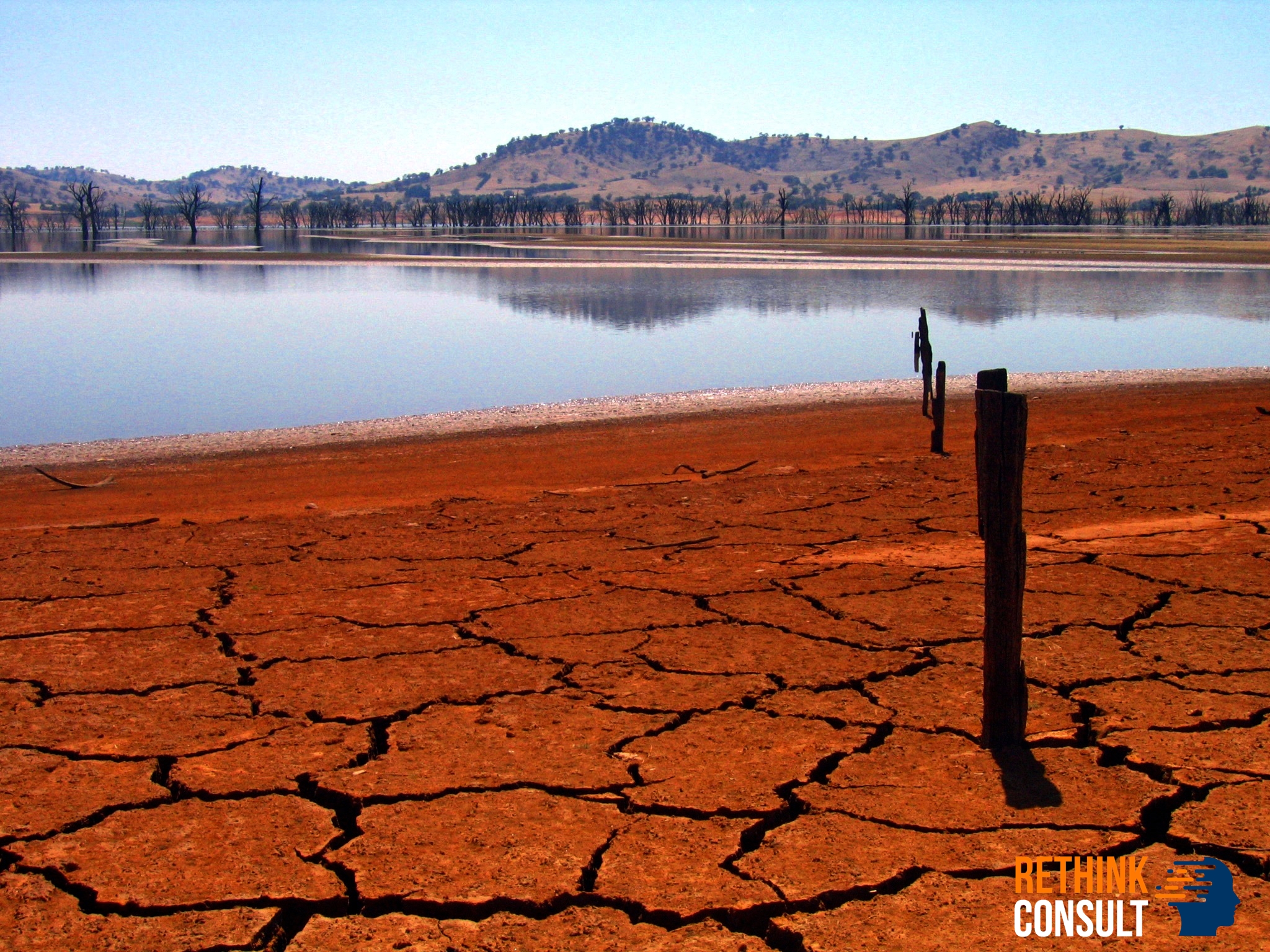
Taking a Risk Reward Approach to Resilience
Rethink Consult takes a pragmatic approach to understanding the risks imposed by nature, our economic system and the laws of thermodynamics. There is significant inertia and vested interest in maintaining the status quo; hence any efforts to shift the thinking will come primarily from a risk reward relationship.

The Case for Building Resilience
For many civic organisations and individuals, building resilience is often associated with natural disasters such as earthquakes, tsunamis, drought, fires, floods and other weather related events. While natural disasters do pose threats to communities and organisations, there are many other threats facing our ever complex society. Geopolitical events, resource constraints, declining net energy, highly leveraged households and governments, and volatile and interdependent financial systems, all make the case for building resilience increasingly compelling.

A Pragmatic Approach to Resilience
While it is easy to be optimistic and come up with short-term solutions to these challenges, we must also work within the limits of reality. Rethink Consult takes a pragmatic and holistic approach to solving many of the challenges and problems we face. Only by understanding our current circumstances can we move toward realistic solutions. By understanding limitations, constraints and feedback loops we are better able to prepare and weather any threats or disruptions to systems. It is wise to be proactive, as opposed to being forced to take action in an emergency.

Empowering Communities and Organisations
There is great power, freedom and many associated benefits in being able to identify, plan and take proactive action before a crises occurs. Before we can take positive steps towards a brighter more resilient future we must ask a number of questions and challenge our current assumptions. We must ask ourselves: What kind of future do we want? Are our assumptions about the future based on reality? Is there a systems thinking approach to what we do? What are the alternatives, and what is possible?
Our greatest ability as humans is to conceptualise and think. It is time to ‘rethink’ our future….
